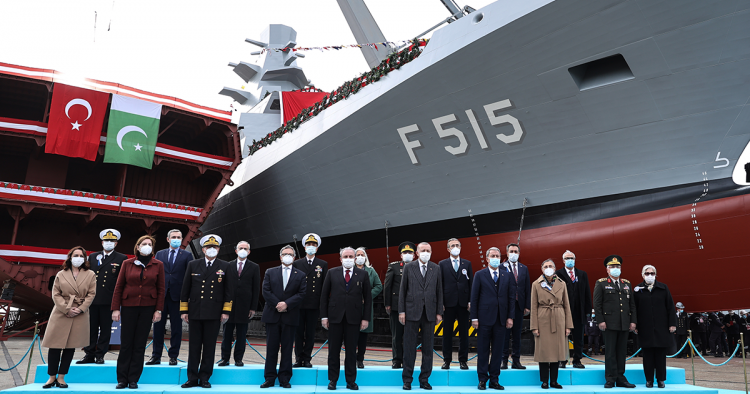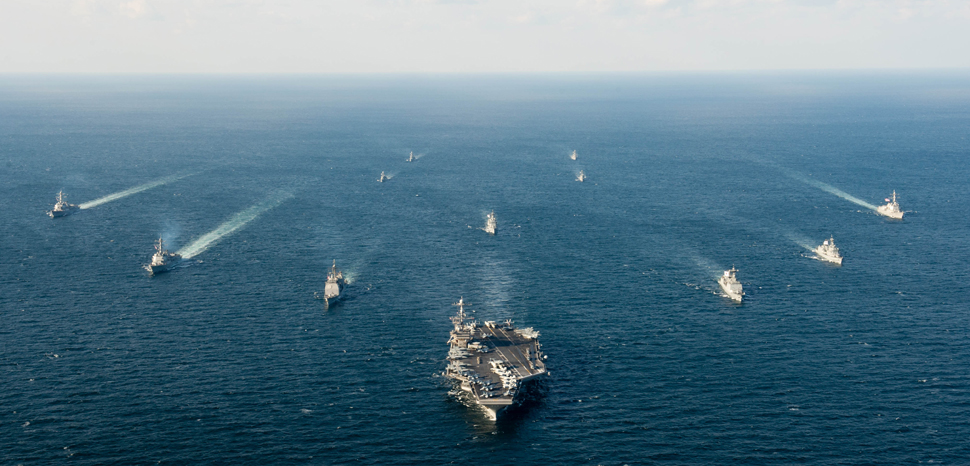by Rafiq Dossani

China-India relations seem to be at their lowest point in decades. To head off the risk of escalation, it could be in the interest of both nations to look for ways to improve a relationship that is at once one of the world’s most important and most dangerous.
In June 2020, Chinese and Indian soldiers confronted each other in the disputed area on their western border known as the Galwan River Valley. Although not publicly admitted by either side (presumably, for fear of domestic political repercussions within India), China is believed to have taken control of at least twenty square miles of Indian controlled territory following the incident. Implicitly, this is recognized by India which has made repeated requests to China to pull back its troops to the Line of Actual Control (LOAC) that preceded the incident. There has been no progress since, despite eight rounds of military-to-military level talks at the disputed site. India subsequently imposed economic sanctions on China, leading to lost contracts worth several billion dollars, again to no avail.
The immediate provocation for the incident was India’s construction of a feeder road to the LOAC in 2019. China had complained to India in May that it raised the likelihood of quick forward deployment of troops against China. India ignored the complaint suggesting that it had the right to build infrastructure in territory under its control, even if disputed. A month later, China sent troops to the disputed area and India responded by sending its troops to the area. There were casualties on both sides, marking a change from the decades of mutual understanding between the two countries that they would not use firearms or kill the personnel of the other side.

















/cloudfront-us-east-1.images.arcpublishing.com/mco/LGNQRBAOHRAYZJVWNEFN2V6YXE.jpg)


